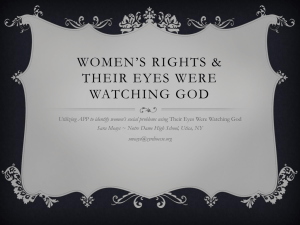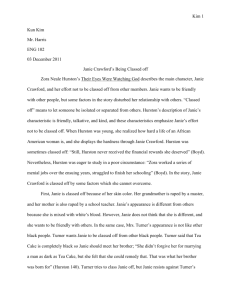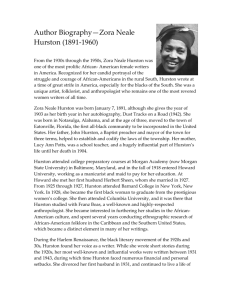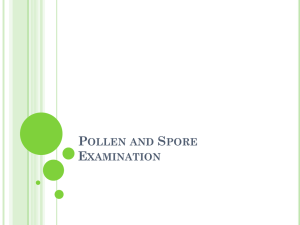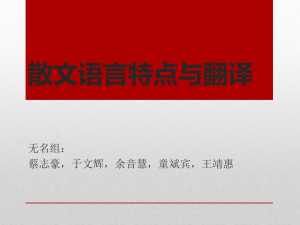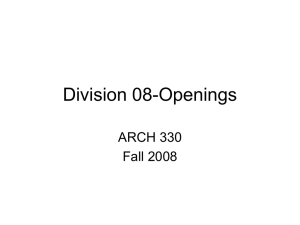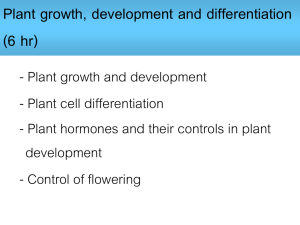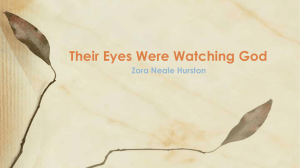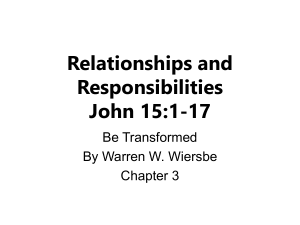she had no more blossomy openings dusting pollen over her man
advertisement
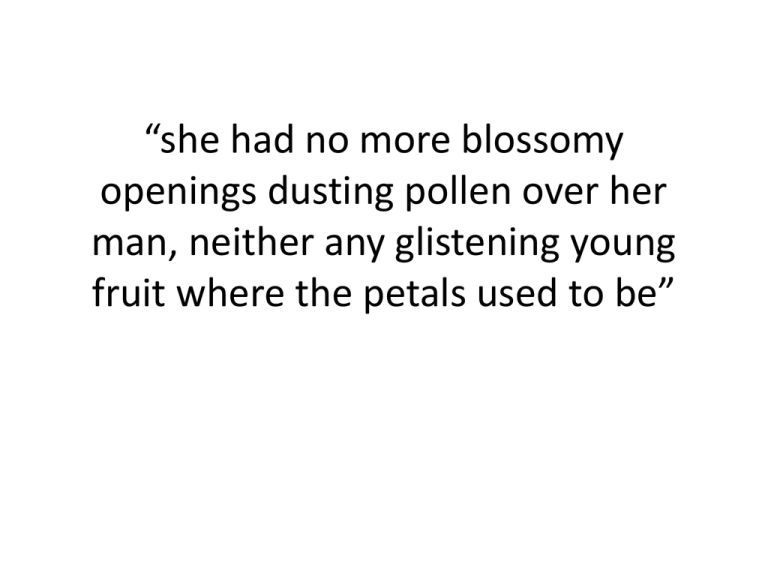
“she had no more blossomy openings dusting pollen over her man, neither any glistening young fruit where the petals used to be” “she had no more blossomy openings dusting pollen over her man, neither any glistening young fruit where the petals used to be” (Hurston 72). *Citation needs to be added. Note punctuation after the citation. “she ha[s] no more blossomy openings dusting pollen over her man, neither any glistening young fruit where the petals used to be” (Hurston 72). *Essay is in present tense; quotation will lack flow if not in present, too. Bracket indicates change to quotation. “she ha[s] no more blossomy openings dusting pollen over her man, neither any glistening young fruit where the petals used to be!” (Hurston 72). If the quotation contains an exclamation point or question mark, that punctuation stays inside the quotation; a period after the citation shows you are ending your sentence. After this moment, Janie retreats into herself and realizes, “she ha[s] no more blossomy openings dusting pollen over her man, neither any glistening young fruit where the petals used to be” (Hurston 72). Quotation was an island; now it has a lead-in. After this moment, Janie retreats into herself and realizes, “she ha[s] no more blossomy openings dusting pollen over her man, neither any glistening young fruit where the petals used to be” (Hurston 72). Quotation was an island; now it has a lead-in. After this moment, Janie retreats into herself and comes to a realization: “she ha[s] no more blossomy openings dusting pollen over her man, neither any glistening young fruit where the petals used to be” (Hurston 72). Use a colon when the lead-in could stand alone as a complete sentence. For a phrase (see last slide), use a comma. Either way, punctuation must be present. After this moment, Janie retreats into herself and comes to a realization: “she ha[s] no more blossomy openings dusting pollen over her man, neither any glistening young fruit where the petals used to be” (Hurston 72). This quotation shows that Janie’s dream of love with Jody is completely crushed. Start analysis… After this moment, Janie retreats into herself and comes to a realization: “she ha[s] no more blossomy openings dusting pollen over her man, neither any glistening young fruit where the petals used to be” (Hurston 72). This quotation shows that Janie’s dream of love with Jody is completely crushed. AHHH! Bad start! After this moment, Janie retreats into herself and comes to a realization: “she ha[s] no more blossomy openings dusting pollen over her man, neither any glistening young fruit where the petals used to be” (Hurston 72). Janie’s realization signifies the moment when her dream of love with Jody is completely crushed. Start analysis with a noun that references the quotation. After this moment, Janie retreats into herself and comes to a realization: “she ha[s] no more blossomy openings dusting pollen over her man, neither any glistening young fruit where the petals used to be” (Hurston 72). Hurston’s use of pear tree imagery in this scene emphasizes the type of love that Janie is seeking: a passionate, give-and-take relationship, like the one that exists between a bee and a blossom. Figurative language is noted to provide analysis. Also, note the use of an analysis verb, “emphasizes.” After this moment, Janie retreats into herself and comes to a realization: “she ha[s] no more blossomy openings dusting pollen over her man, neither any glistening young fruit where the petals used to be” (Hurston 72). By saying that there is no more “pollen” over Jody and that there are no more “glistening young fruit[s],” Hurston highlights the fruitlessness of Janie and Jody’s marriage, indicating that it is truly over (72). Zooming in on part of the quotation deepens analysis. (Look for words that are interesting, or words that contribute to a particular tone.) Also, note the use of analysis verbs. After this moment, Janie retreats into herself and comes to a realization: “she ha[s] no more blossomy openings dusting pollen over her man, neither any glistening young fruit where the petals used to be” (Hurston 72). Janie’s realization signifies the moment when her dream of love with Jody is completely crushed. Hurston’s use of pear tree imagery in this scene emphasizes the type of love that Janie is seeking: a passionate, give-and-take relationship, like the one that exists between a bee and a blossom. By saying that there is no more “pollen” over Jody and that there are no more “glistening young fruit[s],” Hurston highlights the fruitlessness of Janie and Jody’s marriage, indicating that it is truly over (72).
